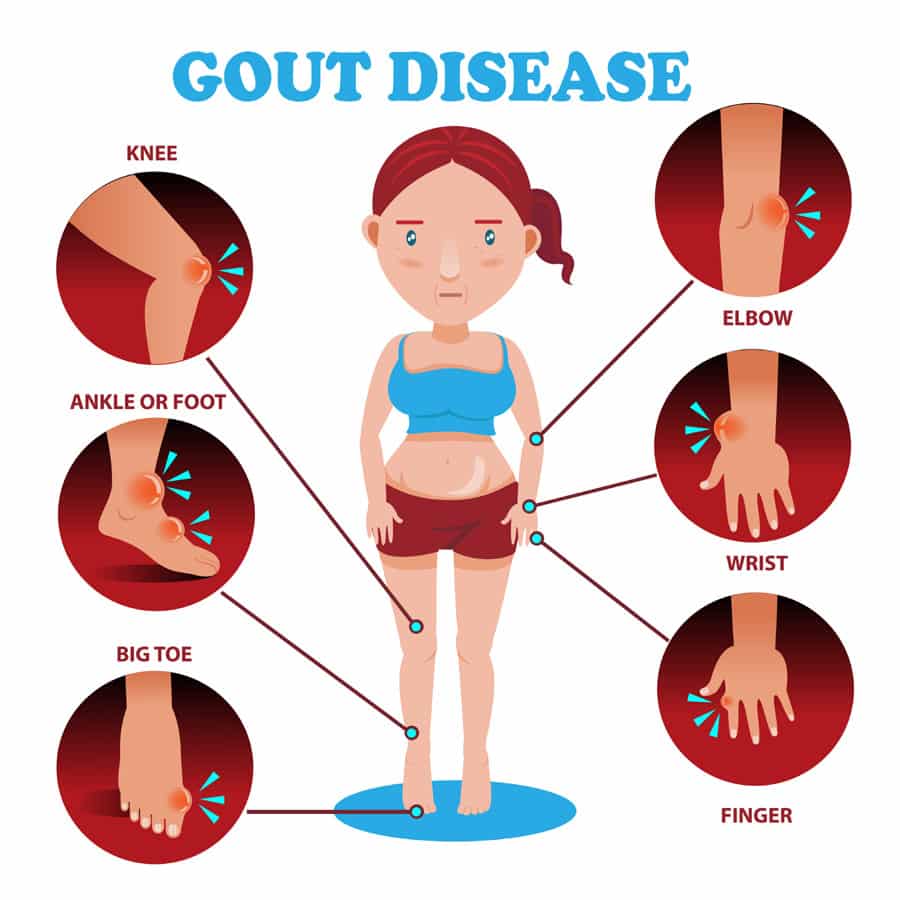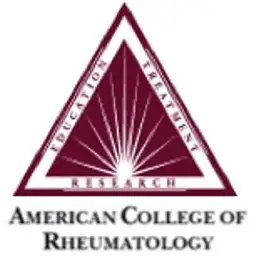Gout
- What is it?
- Gout is a common and complex form of arthritis.. It’s characterized by sudden, severe attacks of pain, swelling, redness and tenderness in the joints, often the joint at the base of the big toe. Gout occurs when urate crystals accumulate in your joint, causing the inflammation and intense pain of a gout attack. Urate crystals can form when you have high levels of uric acid in your blood.
- Symptoms
- The signs and symptoms of gout almost always occur suddenly, and often at night. They include:
- Intense joint pain.
- Lingering discomfort.
- Inflammation and redness.
- Limited range of motion.
- How is it diagnosed?
- Gout can be diagnosed by the used of joint fluid analysis, blood test i.e. uric acid levels, x-rays, ultrasound and/or CT scan
- The signs and symptoms of gout almost always occur suddenly, and often at night. They include:
- How is it treated?
- Nonsteroidal anti-inflammatory drugs (NSAIDs). NSAIDs include over-the-counter options such as ibuprofen (Advil, Motrin IB, others) and naproxen sodium (Aleve), indomethacin (Indocin) or celecoxib (Celebrex)
- Colchicine (Colcrys, Mitigare)
- Corticosteroids
- Medications that block uric acid production
- Xanthine oxidase inhibitors (XOIs), including allopurinol (Aloprim, Lopurin, Zyloprim) and febuxostat (Uloric)
- Medication that improves uric acid removal.
Uricosurics, include probenecid (Probalan) and lesinurad (Zurampic).




